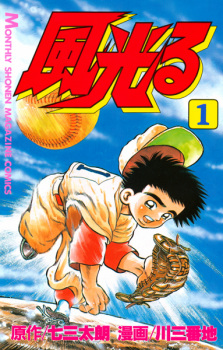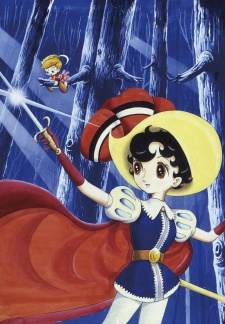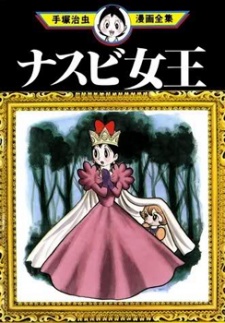Alternative TitlesSynonyms: Little Love Story Japanese: 小さな恋のものがたり InformationType: Manga
Volumes: 44
Chapters: Unknown
Status: Finished
Published: Jun 1962 to 2018
Genre:
Romance
Theme:
Love Polygon
Demographic:
Shoujo
Serialization:
None Authors:
Mitsuhashi, Chikako (Story & Art) StatisticsScore: N/A1 (scored by - users) 1 indicates a weighted score. Ranked: #426672 2 based on the top manga page. Please note that 'R18+' titles are excluded. Popularity: #43605
Members: 123
Favorites: 1 Resources | New Interest Stack Interest Stacks  No. 156 is Sho Ban by Yuji Moritaka and Yukitaro Matsushima, which started in 2001 with 44 volumes & 340 chapters in Weekly Shonen Champion.   Note: Due to the number of missing manga from the database I will add the ones that would be included in the stack at the bottom of this description. And will leave room in the stack for these manga in the case that they are added in the future. |


